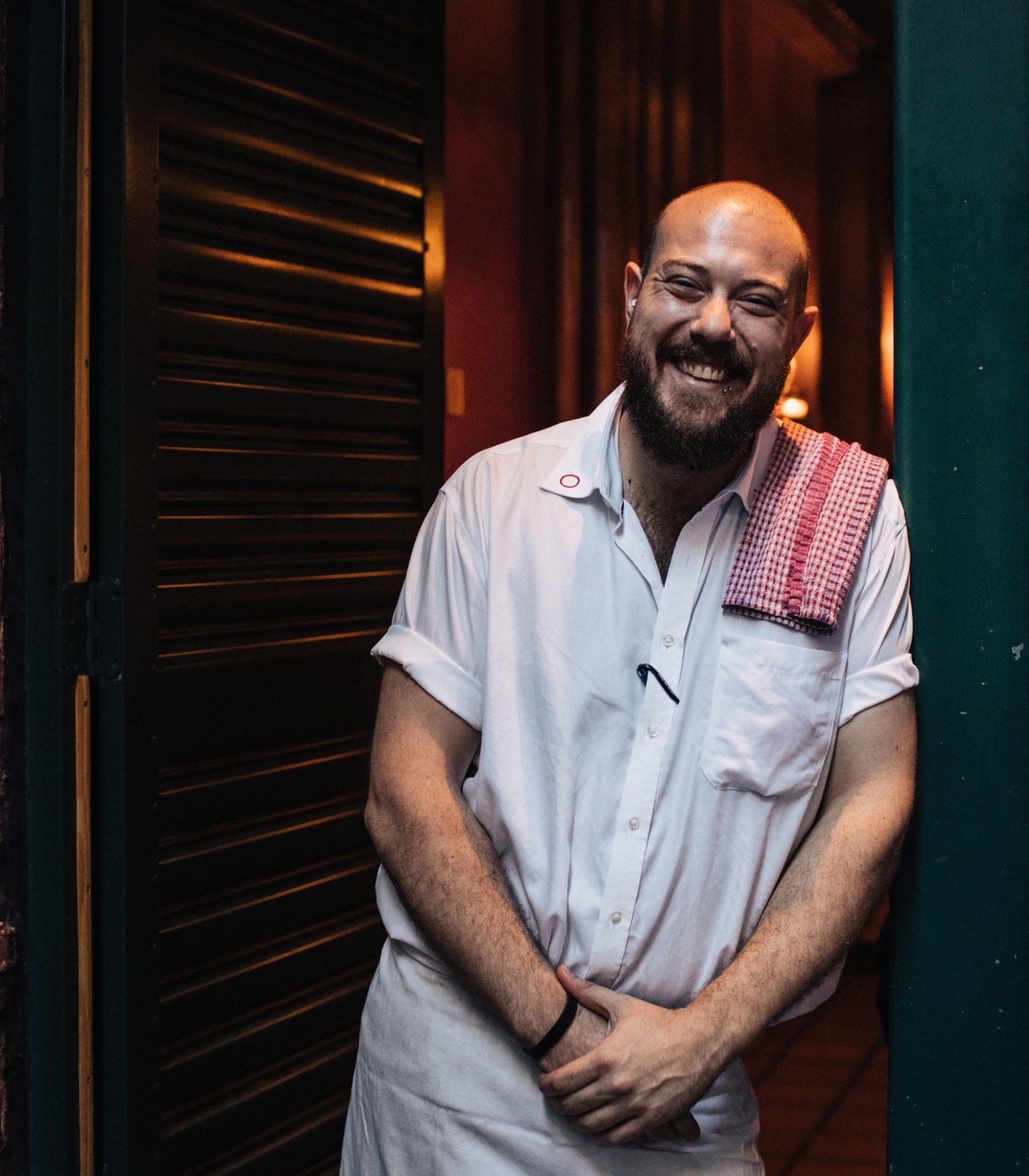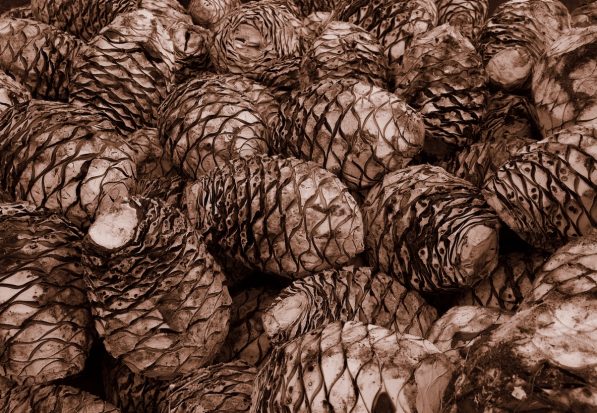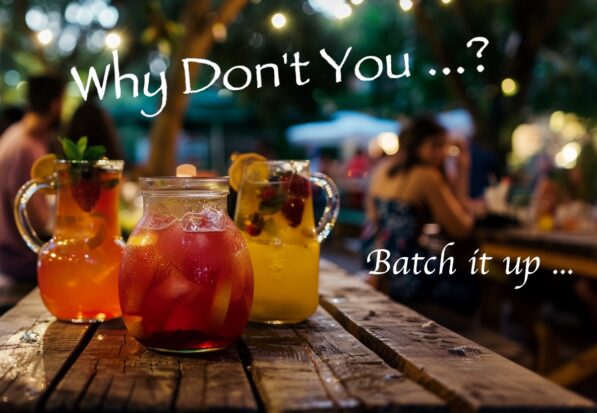Many believe that to truly understand mezcal is to take a journey with it.
It’s to walk across the expansive fields of green-grey agave plants under a wide, open sky. It’s to sense the exertion spent as the worker brings down the machete to carve away the leaves and expose the piña (or heart).
It’s to feel the heat from the wood-fire pits as the piña are buried beneath the earth and watch the motion of the large stone tahona or grinders. It’s to smell the yeast during fermentation and hear the slow but steady flow of the liquid from the first and then second distillation.
But what if you’re 9,000 miles away in a small hole-in-the-wall bar in Sydney’s CBD. How do you truly understand mezcal, the land and its traditions?
For Alex ‘Happy’ Gilmour, manager at Cantina OK, that question is not only answered through the taste of the liquid but also the credibility of the brand.
“I think that talking to bartenders will really help but you also need to really understand the traceability of the liquid you are drinking.
“It’s looking at people that give credit to the mezcalero or that showcase the where and how of the methodology. For me, what really shines through is if it’s made in a traditional style where it’s not diluted after distillation, and the liquid holds true for a generation of mezcaleros in that area.”
For Gilmour, mezcal is an extension of the mezcalero who makes it. To understand the mezcalero, is to understand the Mezcal that you drink. He believes that good Mezcal often comes down to creators that are true to their craft and seeking a certain purity in the liquid.
 PIN IT
PIN ITAlex ‘Happy’ Gilmour – Image by Nikki To
“We’ve worked with a whole bunch of really awesome producers that have explained what they do and how they do things, based not only on what they were taught by family but also why that works for the region, the sustainability and their ability to develop what they do as a craft.”
Labour intensive and not easy to produce, mezcal has a romanticism around it that has spurred its popularity. But there is more than small farms and isolated distilleries to the category, with many different styles and nuances between flavours to explore.
“80%, or even 90% of the mezcal that we get, particularly in Australia, come from Oaxaca where their style of production is very much a closed pit oven. This means the smoke permeates directly through all the agave.
“But mezcal is also made on other places like San Luis Potosí, or parts of La Sierra regions, you don’t find anywhere near that same amount of smoke content because it is made with open or adobe or reinvigorated ovens.”
Yet, as Gilmour explains, the flavour and the terroir of an expression can also come down to the year that is grown and also how it is grown, with factors like change in temperature and climate in a particular growing cycle. “If the agave is frostbitten for example due to snow, is not going to taste exactly like it did for years previously.
“Soil content, whether fertiliser is used or whether the agave has been left to grow wild are also factors,” he explained. “A lot of mezcal that we hold in reverence is wild, and that’s something that’s held as a badge of honour in a lot of terms, for a long time.”
As of 2017 there are three legally defined mezcal categories, as set out by the Consejo Regulador del Mezcal (CRM): Mezcal, Mezcal Artesanal, and Mezcal Ancestral. Each category dictates the methods and equipment producers can use to make the spirit.
“Originally mezcal followed the same category definitions as tequila but recently that changed, with the focus on production methods. Additionally, there are also there are some subcategories too. Abocado con is where the mezcal infused with fruits, nuts, herbs, and other vegetal matter, whereas with Añejado en vidrio the mezcal is aged in glass and away from sunlight for a minimum of 1 year.”
To understand the classifications better is to grasp the division of truly traditional and more high-tech methods. Mezcal allows equipment such as autoclaves and diffusers (for roasting), stainless steel fermentation vessels, and continuous column stills.
Mezcal Ancestral, as the name suggests, is limited to traditional and much more rudimentary processes, with roasting taking place only in pit ovens and the piñas are crushed by hand. Mezcal Artesanal sits somewhere in-between.
It is perhaps important though to understand that the category divisions do not denote a difference in quality but purely a difference in style. And that is something that Gilmour and his staff at Cantina OK are trying to highlight.
“We are micro mezcal Mecca,” he explains “We are trying to showcase as much of what these producers do in Mexico, and the art they create, as possible. And I would love people to come in and enjoy what we have to offer and learn more about the whole category.”










